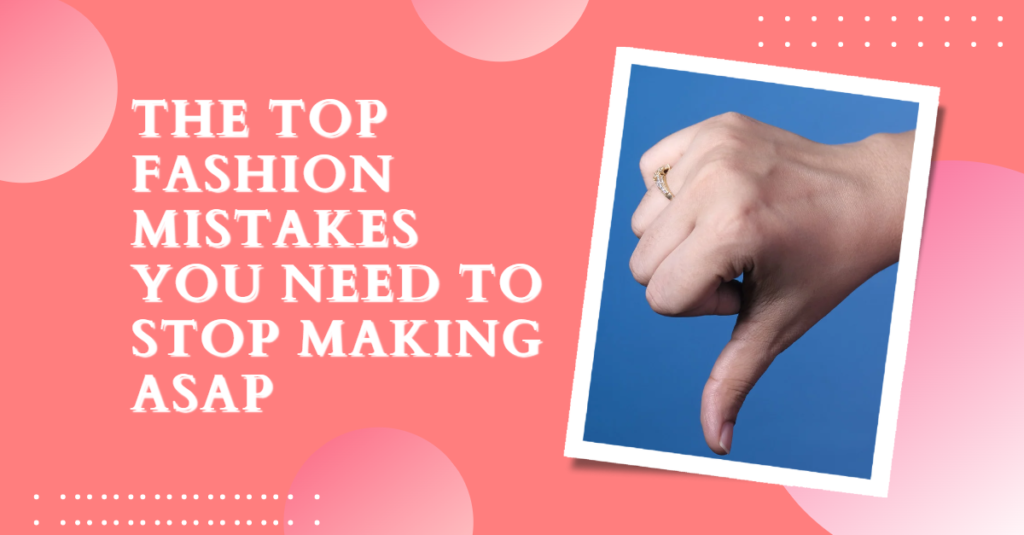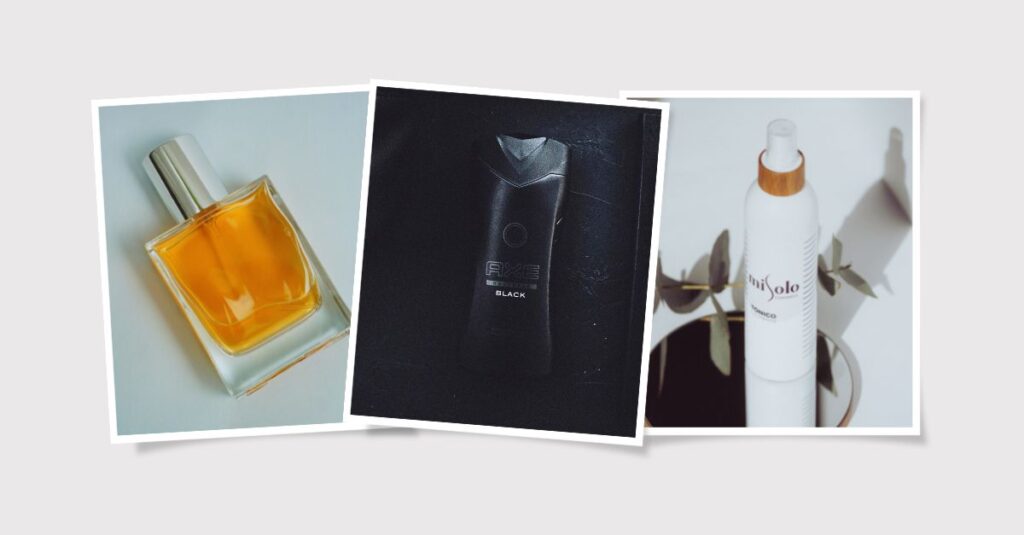Fashion Alert: Don’t Fall for Fake! Learn How to Spot Counterfeit Items
Introduction
In today’s fashion landscape, where trends change at the blink of an eye and the desire to own luxury and designer items is ever-present, counterfeit fashion has emerged as a significant concern. Counterfeiters have become adept at producing knockoff versions of popular fashion items, making it increasingly difficult for consumers to differentiate between genuine and fake products. Falling prey to counterfeit fashion not only results in financial loss but also damages the reputation of reputable brands and compromises the integrity of the fashion industry as a whole.
However, armed with the right knowledge and skills, you can protect yourself from falling victim to counterfeit fashion. This article serves as your comprehensive guide to spotting counterfeit items and staying one step ahead of the counterfeiters. From examining the quality and materials of a product to authenticating labels and tags, we will explore a range of techniques that will enable you to make informed purchasing decisions and avoid the pitfalls of fake fashion. Let’s dive in and become savvy fashion detectives!
Fashion Alert: Don’t Fall for Fake! Learn How to Spot Counterfeit Items
I. Understand the Brand:
Before embarking on your quest to identify fake fashion items, it’s essential to familiarize yourself with the brand in question. Research the brand’s history, reputation, and manufacturing practices. Established and reputable brands have stringent quality control measures in place, ensuring that their products meet high standards. Additionally, become well-versed in the brand’s logos, labels, and packaging. Counterfeiters often make slight modifications to brand logos and labels, so understanding the authentic versions is crucial.
II. Examine the Quality and Materials:
One of the telltale signs of counterfeit fashion is the noticeable difference in quality and materials compared to the genuine article. Authentic fashion items are crafted with precision and attention to detail, while counterfeit versions often exhibit shoddy workmanship. When inspecting a potential purchase, pay close attention to the stitching, seams, and hardware. Genuine fashion items boast impeccable craftsmanship, with neat and secure stitching. Counterfeit products, on the other hand, may have uneven stitches, loose threads, or inferior quality hardware.
Additionally, the texture and weight of the fabric can provide valuable clues. Authentic fabrics are usually of superior quality, while counterfeit items might feel rough, cheap, or flimsy. If the price seems too good to be true for a high-end designer piece, chances are it’s a counterfeit item.
III. Authenticate the Labels and Tags:
Labels and tags play a significant role in authenticating fashion items. Counterfeiters often go to great lengths to replicate labels and tags, but there are subtle differences that can help you spot a fake. Look for holographic features, special materials, or unique identifiers on labels that are difficult to replicate. Check the font, spacing, and alignment of brand logos and text, as counterfeit items might have slight variations or inconsistencies. It’s crucial to cross-reference the information on labels with official brand sources or documentation to ensure accuracy.
IV. Inspect the Packaging:
Packaging can provide valuable insights into the authenticity of a fashion item. Established brands pay attention to detail when it comes to packaging, using high-quality materials and incorporating specific design elements. Counterfeit items often fall short in this aspect, with generic or poorly made packaging. Analyze the quality of the box, dust bag, or other packaging elements. Look for brand logos, embossing, or other authenticating marks. Pay attention to misspellings, poor printing quality, or any deviations from the standard packaging design.
V. Verify the Retailer:
The authenticity of a fashion item can also depend on the retailer from whom you make the purchase. It’s essential to buy from authorized retailers or brand stores whenever possible. Research the reputation and credibility of the retailer before making a purchase. Check customer reviews and ratings to ensure that others have had positive experiences with the seller. Be cautious of suspiciously low prices or unauthorized online sellers, as they are often sources of counterfeit fashion items.
VI. Compare Prices:
Understanding the market value of the fashion item you wish to purchase is an effective way to spot counterfeit products. Counterfeiters often offer significantly discounted prices to lure unsuspecting buyers. Research the typical retail prices for the item and be skeptical if you come across a deal that seems too good to be true. If the price is substantially lower than what you would expect to pay for the authentic item, it’s likely a fake. Compare prices with similar products from reputable sources to ensure you are getting a fair deal.
VII. Seek Expert Opinions:
When in doubt, seek the opinions of fashion experts or enthusiasts. Fashion communities and online forums are excellent resources for obtaining insights and advice on authenticating fashion items. Post clear pictures and descriptions of the item in question, and experienced individuals can provide valuable feedback based on their knowledge and expertise. Alternatively, you can visit authentication services or professionals who specialize in verifying the authenticity of luxury fashion items.
VIII. Trust Your Instincts:
Sometimes, your gut feeling can be a powerful indicator. If something feels off or too good to be true, it’s essential to listen to your intuition. Pay attention to any inconsistencies or discrepancies you notice during the examination of the product. Counterfeiters are becoming increasingly sophisticated, but there are often subtle signs that something is not quite right. If you have doubts about the authenticity of an item, it’s best to err on the side of caution and refrain from making the purchase until further authentication can be obtained.
Conclusion
In a world where counterfeit fashion is rampant, it’s crucial to arm yourself with the knowledge and skills to spot fake items. By understanding the brand, examining the quality and materials, authenticating labels and tags, inspecting the packaging, verifying the retailer, comparing prices, seeking expert opinions, and trusting your instincts, you can become a savvy consumer capable of identifying genuine fashion items. Don’t let counterfeiters deceive you—stay vigilant, educate yourself, and make informed purchasing decisions. Fashion alert: Say no to fakes and embrace the world of authentic style!

My name is Rohit Vagh and I’m a content writer specializing in fashion and lifestyle. I have three years of experience in this field and have written various articles. My writing style is creative and engaging, and I strive to create content that resonates with my readers. I have a deep passion for fashion and am constantly researching the latest trends and styles to make sure my readers are up to date. I’m excited to continue my career in blogging, and I’m always looking for new opportunities in the fashion and lifestyle space.





